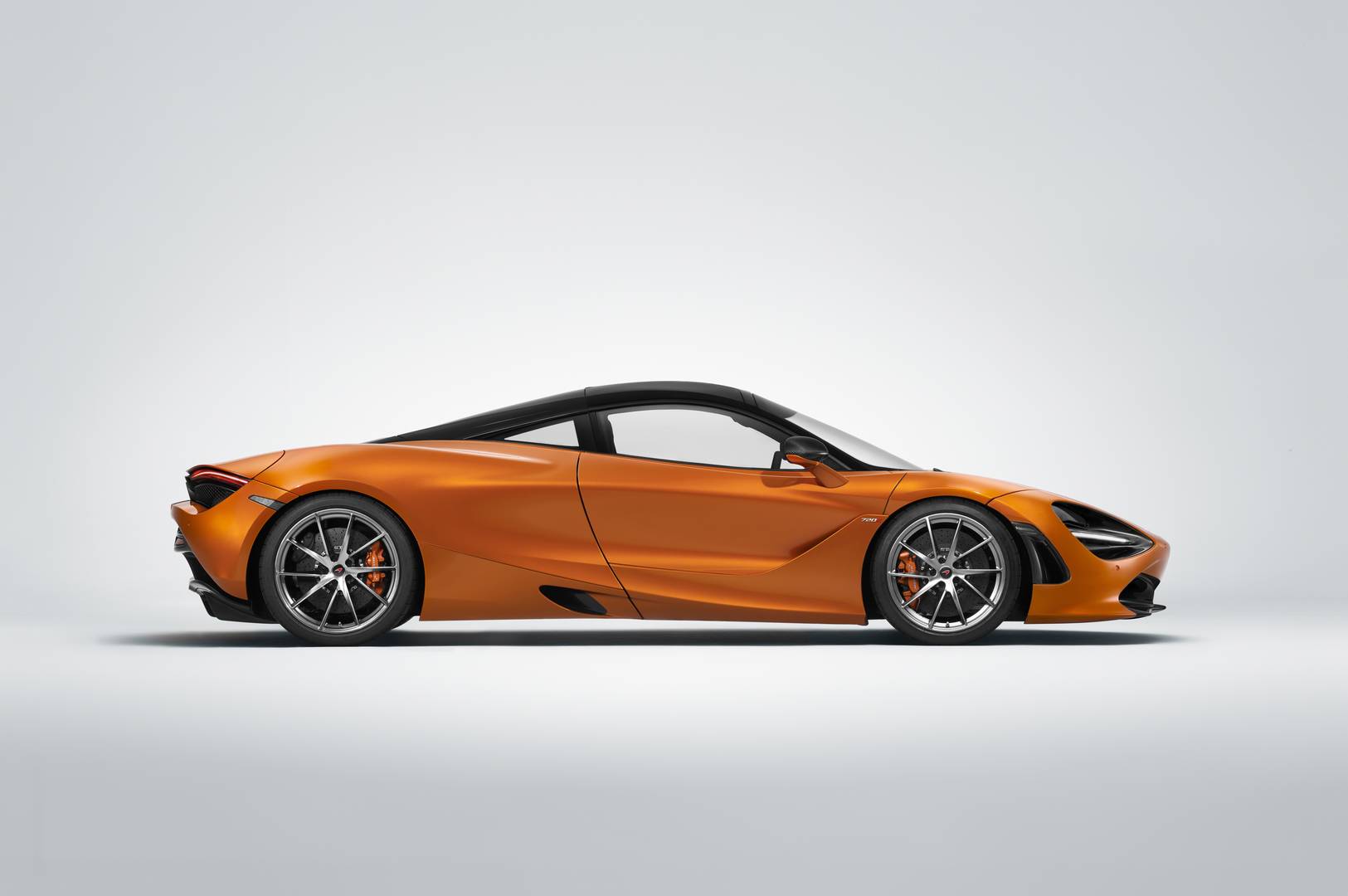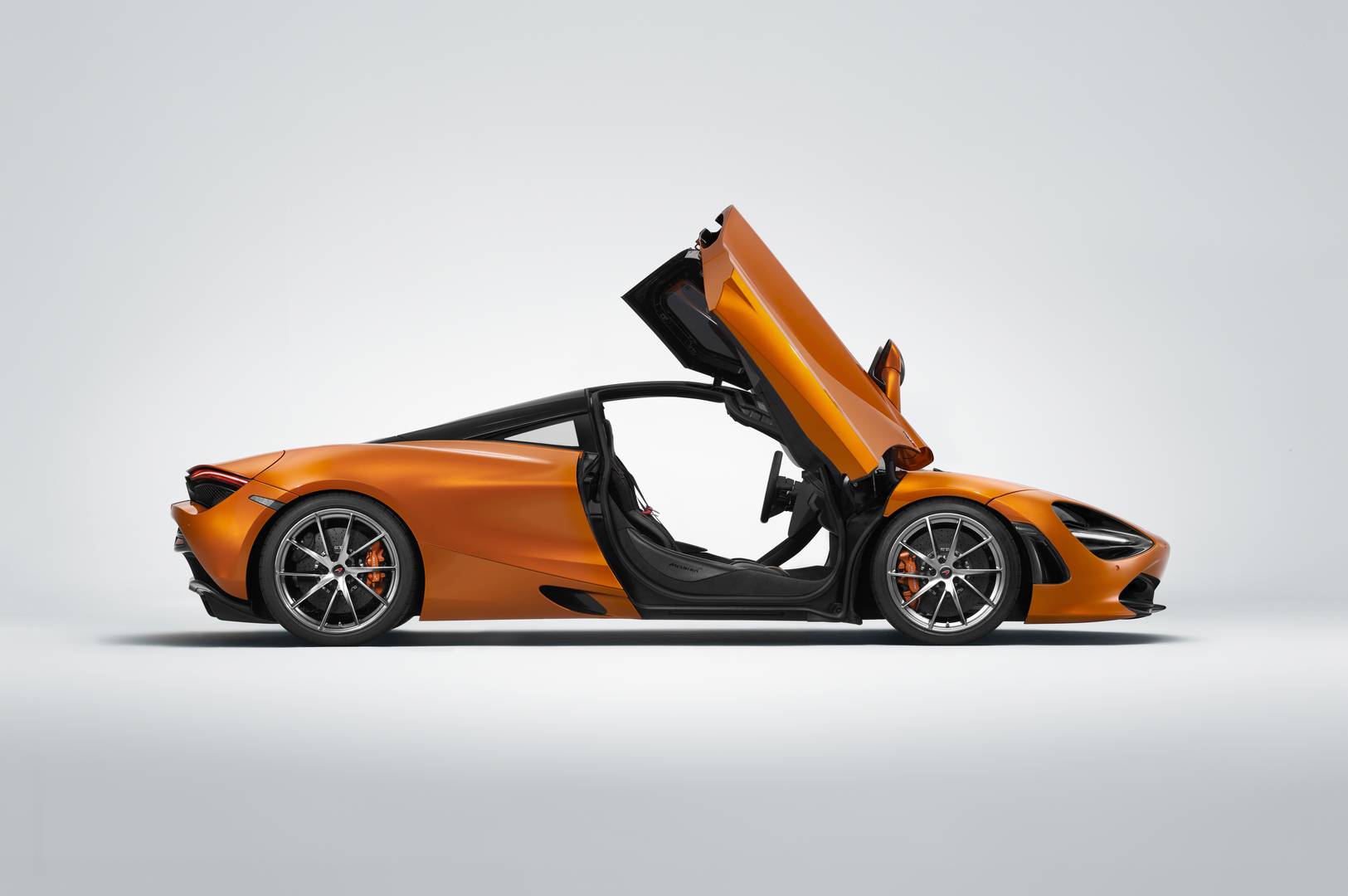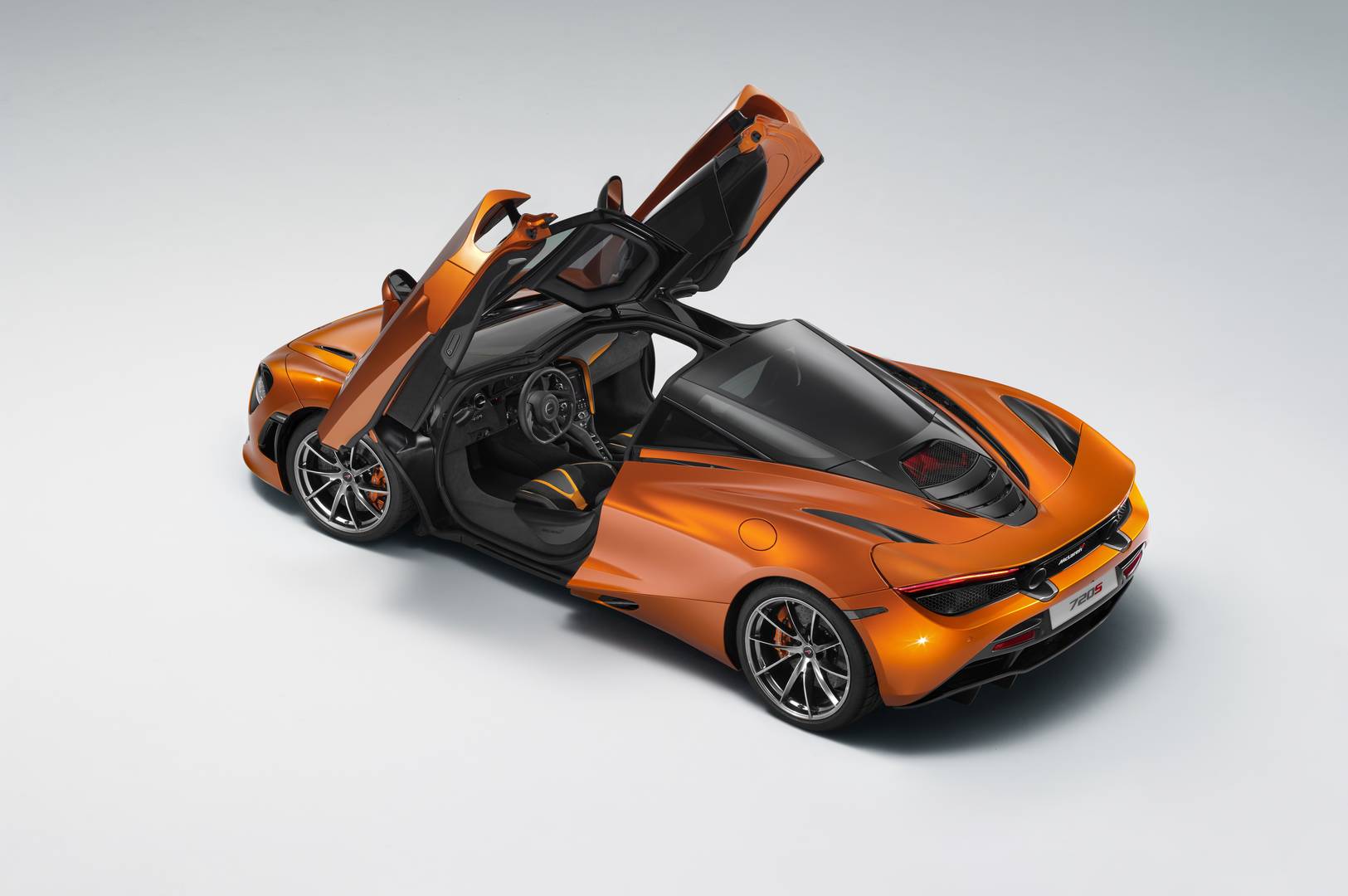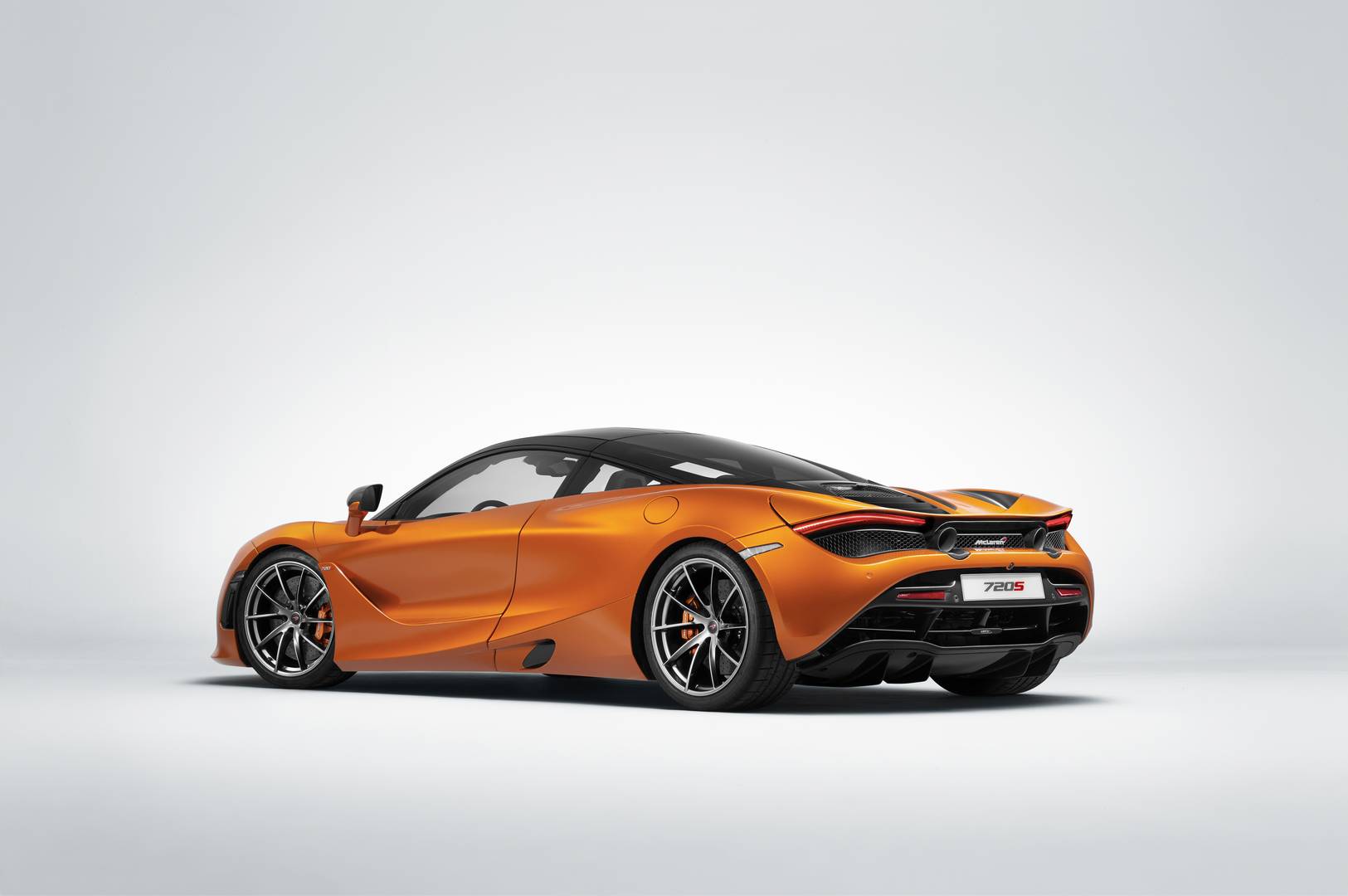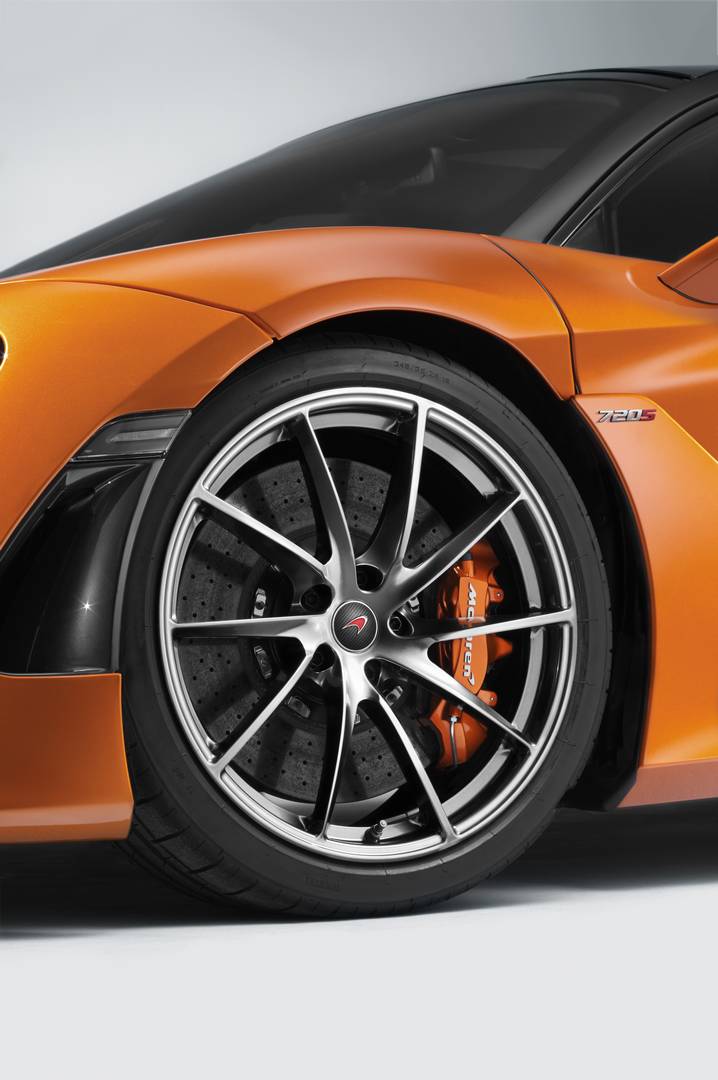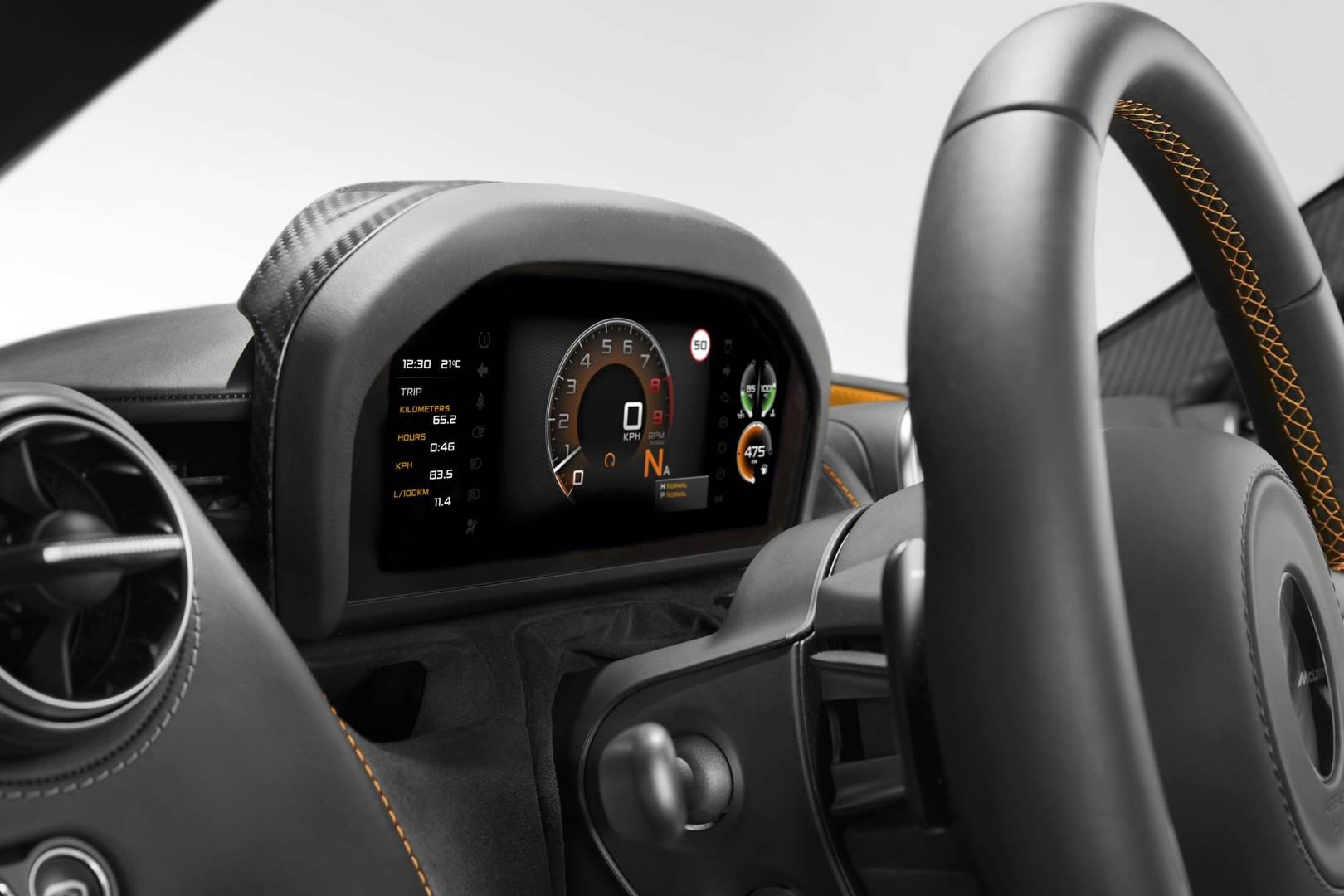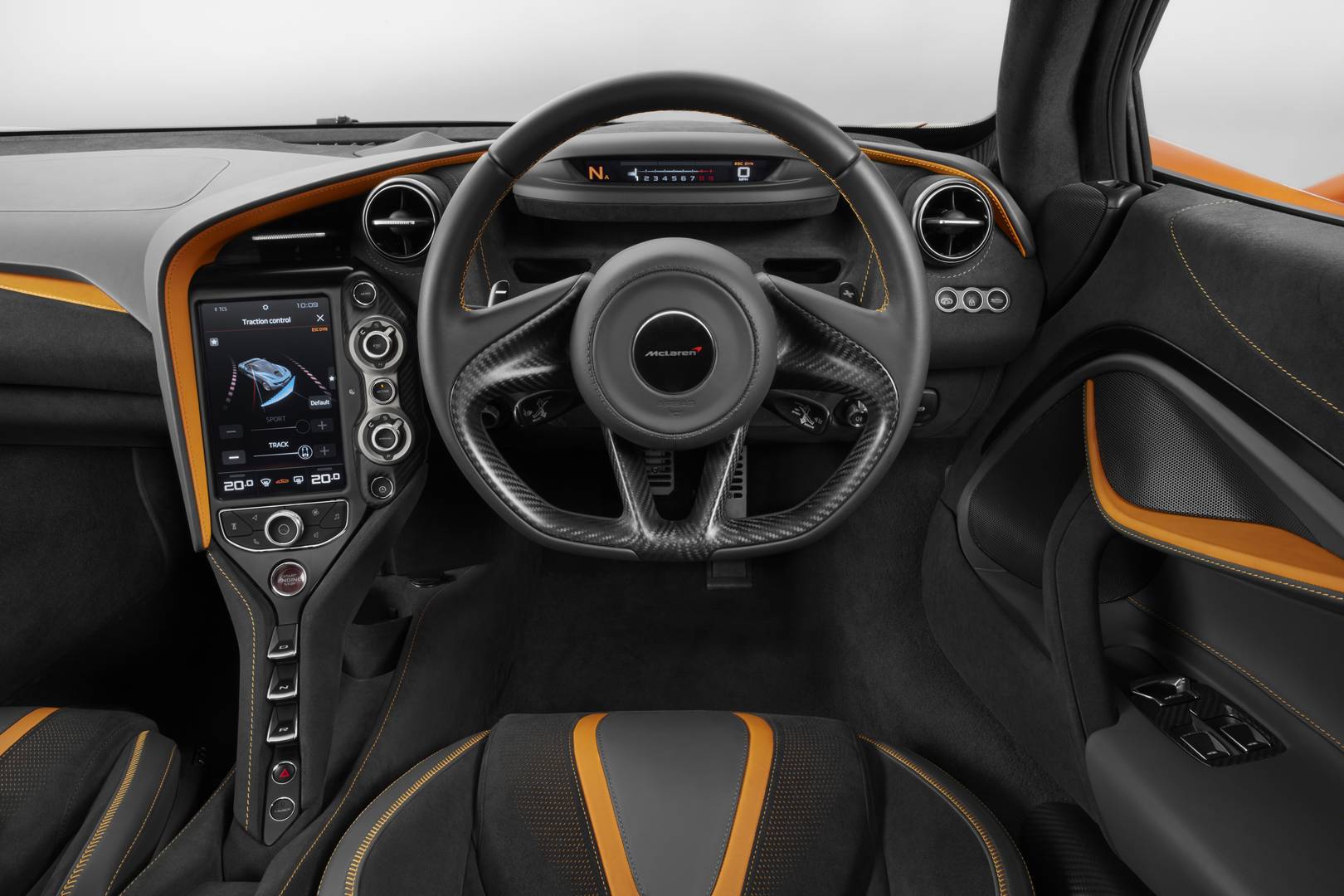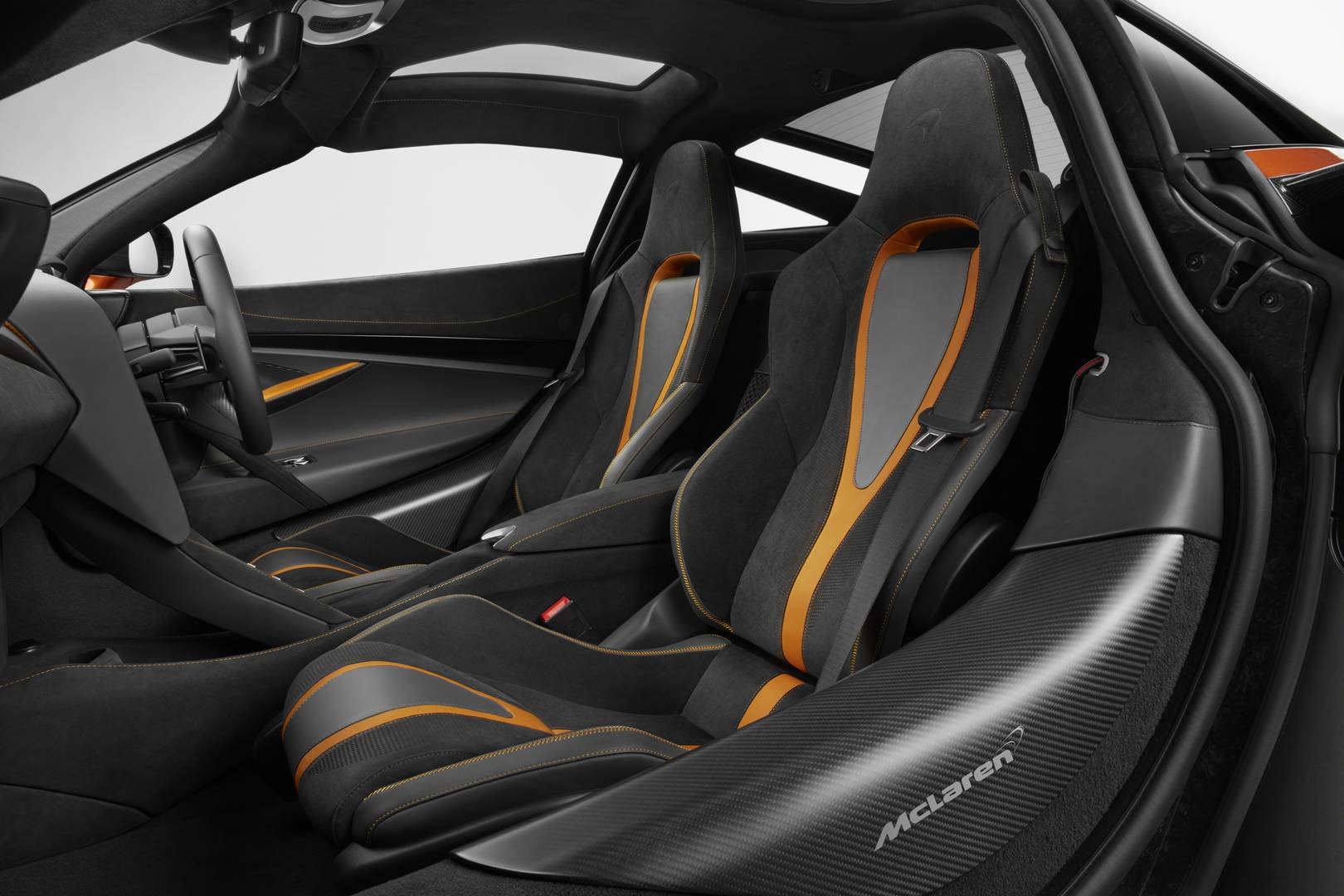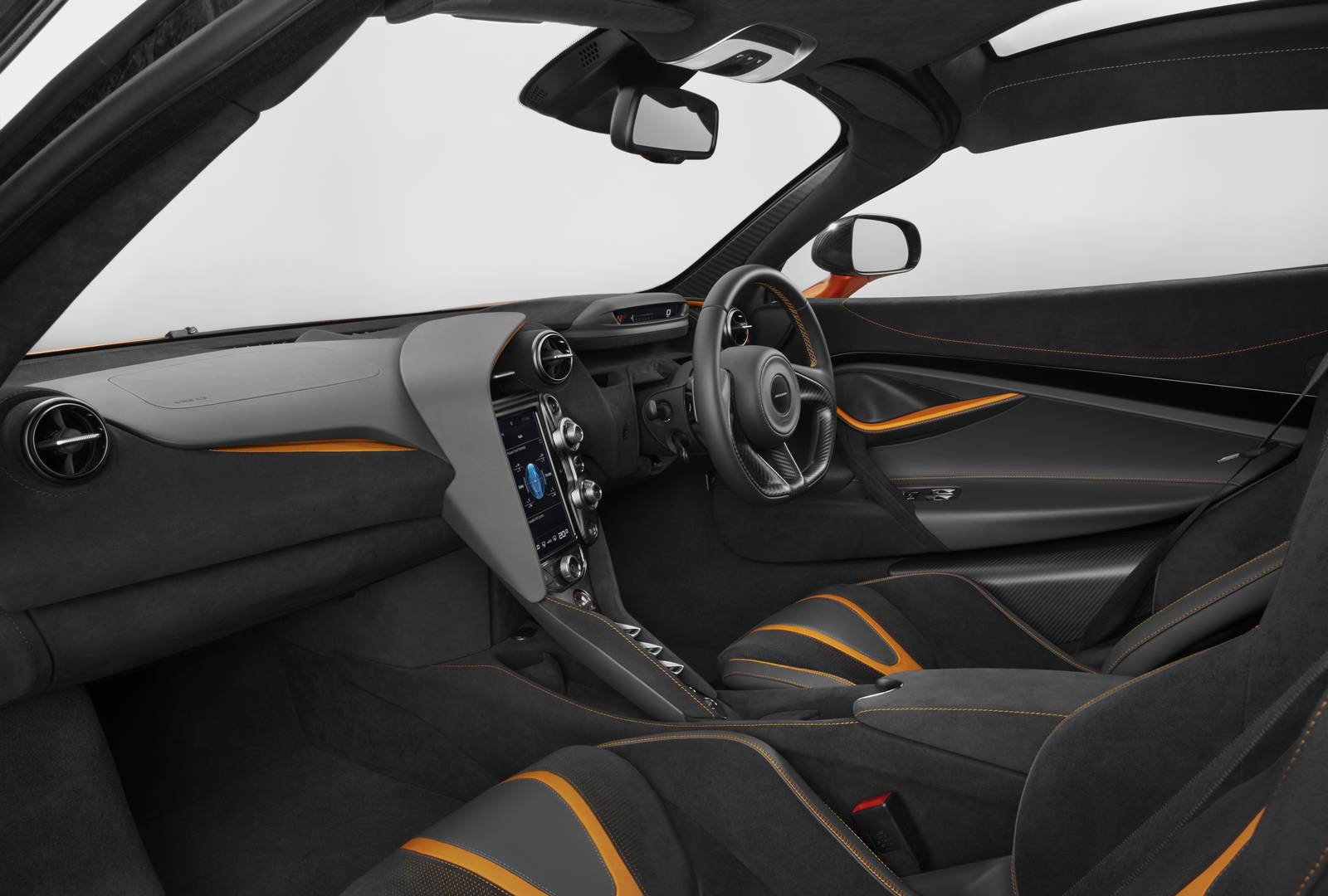Read the headline again, 7.8 seconds is around the same time it takes a hot hatch like the current Ford Fiesta ST to reach half the McLaren 720S's speed, astounding!
If that wasn't enough to bend you out of shape, 0 to 100km/h takes a searing 2.9 seconds, the standing 400metres in an eye-watering 10.3 seconds and onto a top whack of 341km/h. Ferrari should be worried. The times quoted are scarily close to Ferrari's just announced top tier model the 812 Superfast and it soundly spanks its main rival the Ferrari 488 GTB/488 Spider.
While no one would dispute McLaren's latest qualifies as a genuine Supercar, the acceleration figures quoted are just about encroaching Hypercar territory. All this performance on offer and price of entry will undercut a 488 GTB with an estimated driveaway price of $489,000 AUD. Not pocket change by any means but when you consider the similarly performing Ferrari 812 Superfast will be more than $750,000 AUD; the Macca 720S has to be a bit of a bargain.
It hasn't taken McLaren long to become a serious player in the Supercar realm, with the launch of the MP4-12C in 2011, the first production car wholly designed and built by McLaren since the McLaren F1. While the 12C was well received, it wasn't as good as it's competition, criticised for its less than involving drive. McLaren was quick to respond, however, and by 2014 with the release of the 650S, the new Macca's were widely acknowledged as every bit as good as their Supercar counterparts.
The new 720S is both lighter and more powerful than the 650S it replaces. Running a new twin-turbo 4.0litre V8 producing 530kW @ 7700rpm and a peak torque of 770Nn @ 5500-6500rpm, but where the numbers really speak for themselves is a dry kerb weight of just 1283kg, that's a significant 163kg lighter than the 488 GTB and accounts for the insane power to weight ratio of 413kW/tonne!
To get your head around those numbers, the first Bugatti Veyron had a power to weight ratio of 390kW/tonne.
With so much go available, you'd want to be assured the 720S stops just as well. McLaren hasn't welched on that front either with six-piston callipers grabbing ceramic rotors the size of garbage bin lids, 390mm for the front and 380mm for the rear, applying the anchors at full force will see the 720S come to a dead stop in just 29.7metres from 100km/h.
McLaren are also masters at electronic trickery, which will work in conjunction with the 720S's Monocage carbon fibre chassis, featuring double wishbone suspension front and rear with hydraulically-linked dampers. The use of hydraulics and the sophistication of the ESC software negates the need for traditional anti-roll bars, a selling point unique to McLaren for several years.
Another criticism McLaren addressed is their conservative styling, with what could be the knock-out punch, the new McLaren 720S has a sharp new look, it's quite a departure from all other McLaren offerings and boasts Euro-exotic lines to match its performance.
At first glance, especially in side profile, the 720S looks like it could have just as easily come from Maranello as it has from Woking. High praise indeed.
Stay tuned for more about the McLaren 720S as more details come to light.

